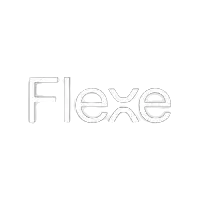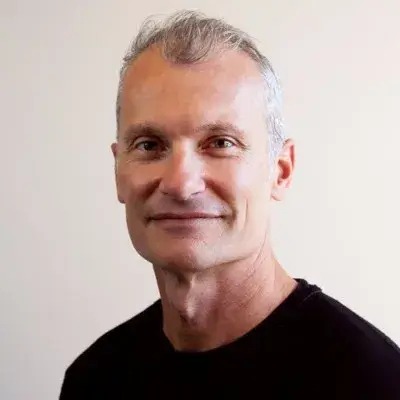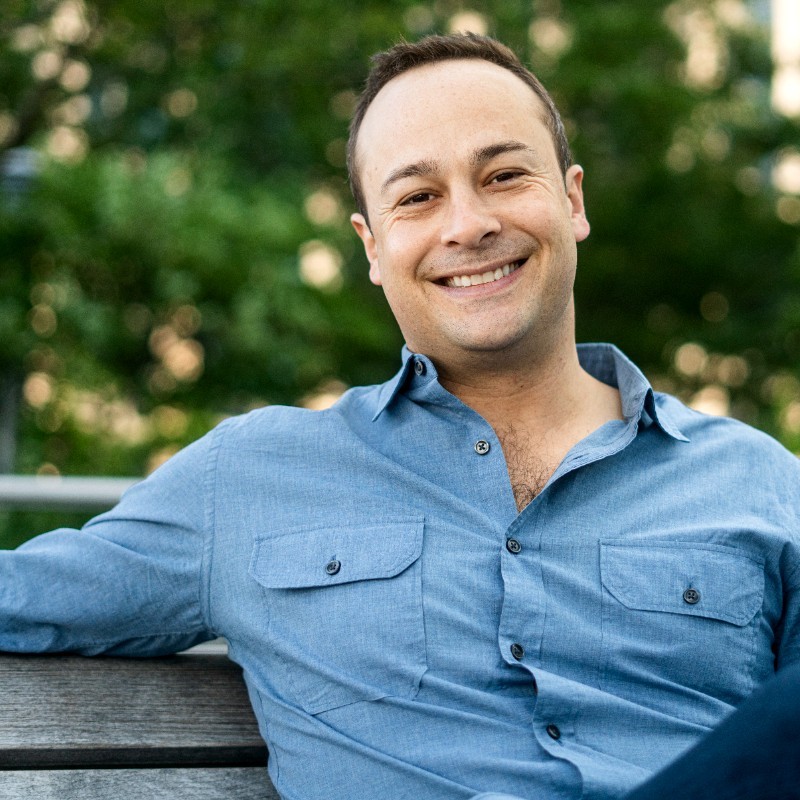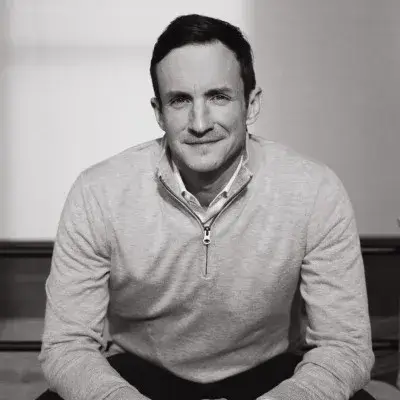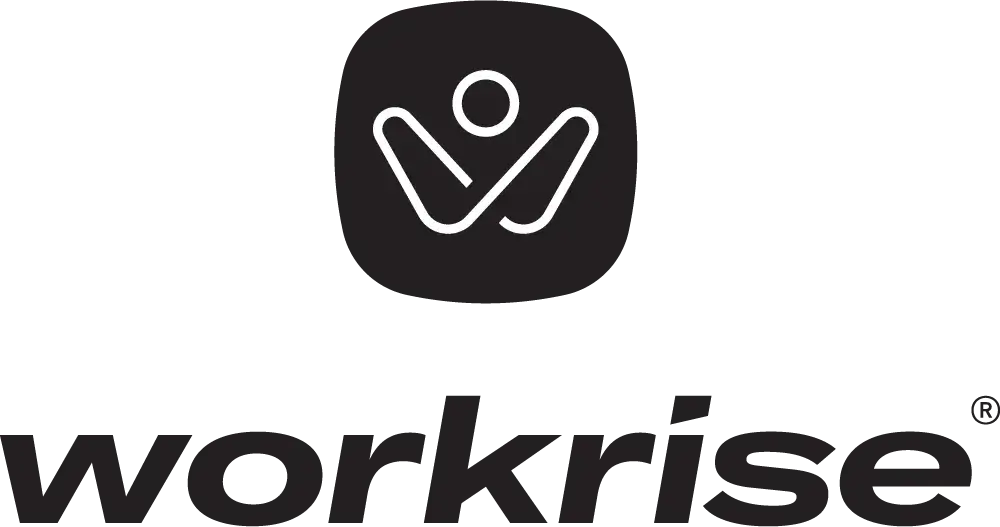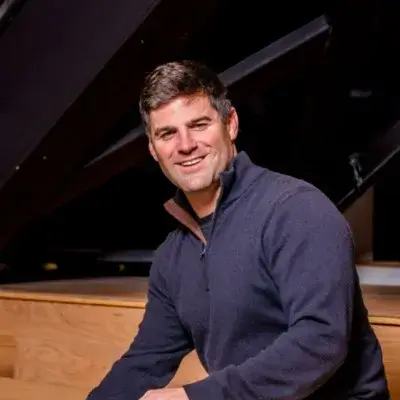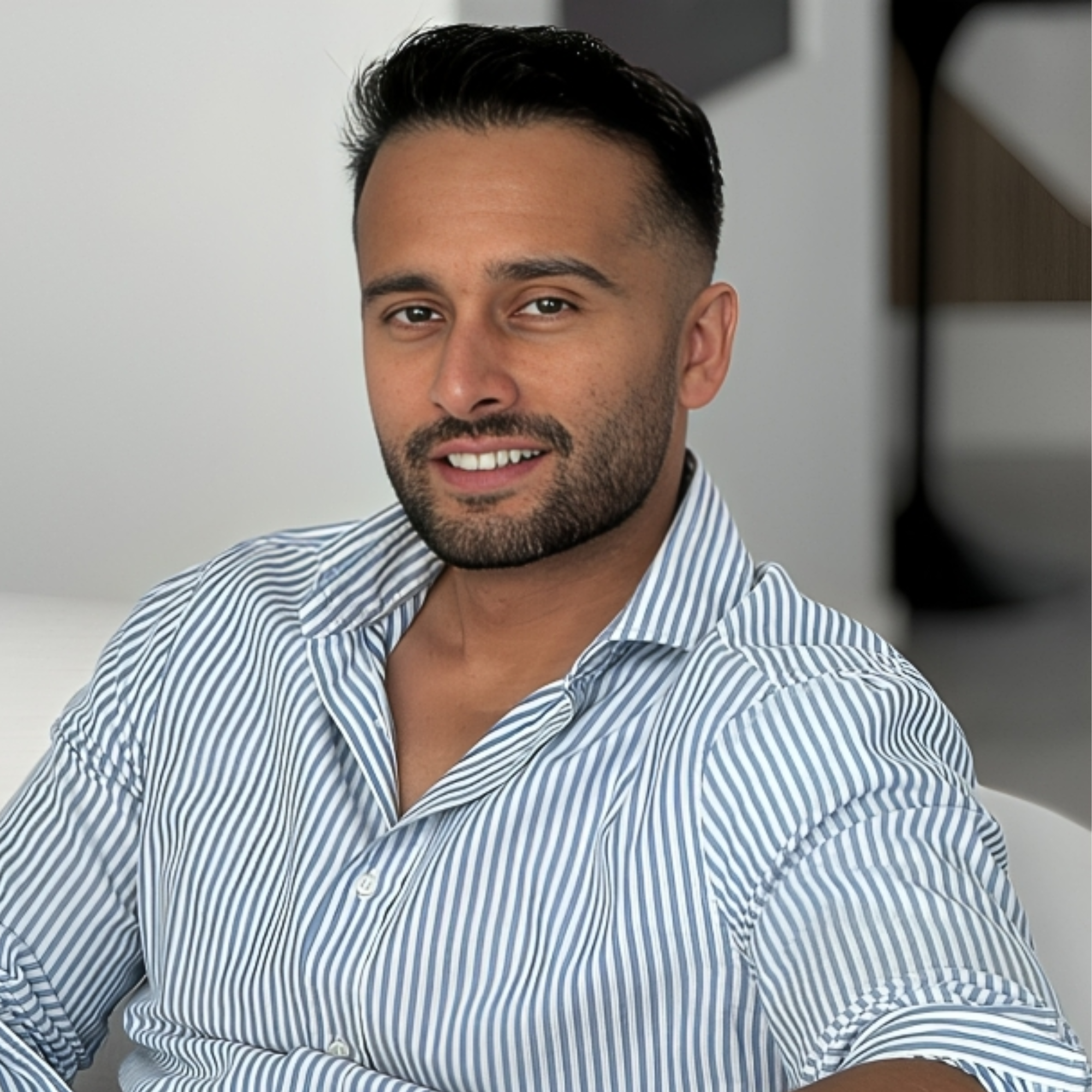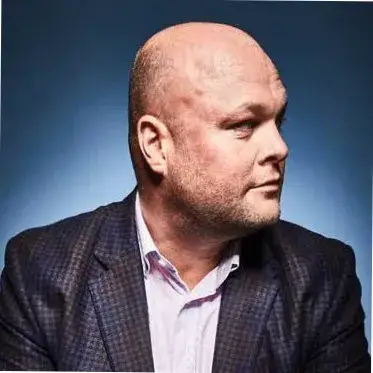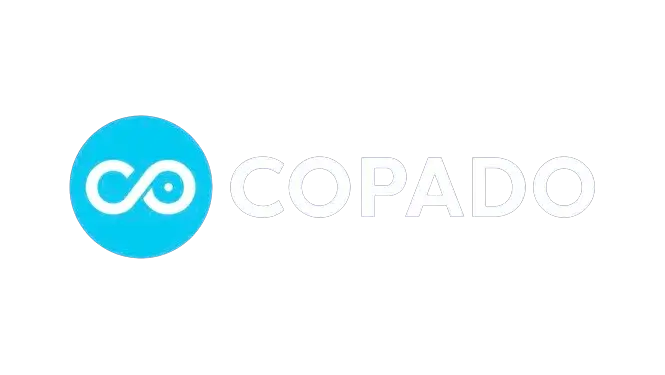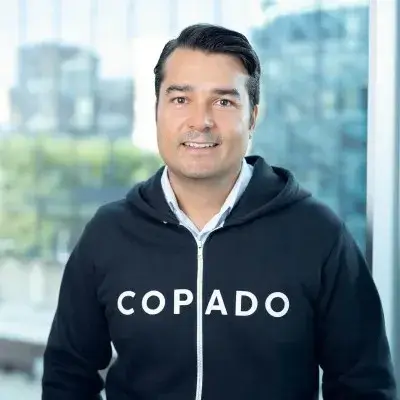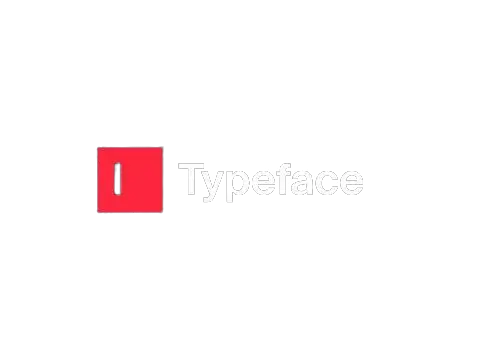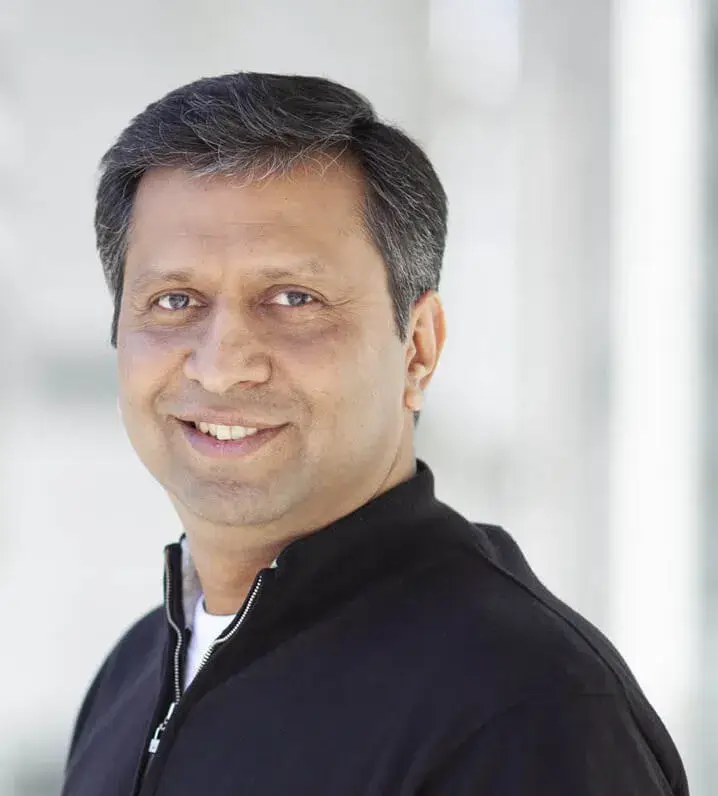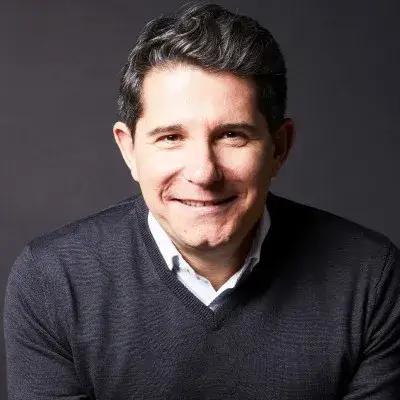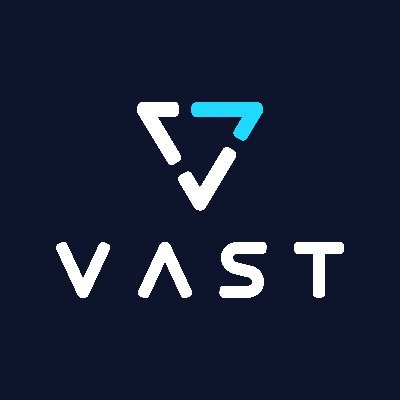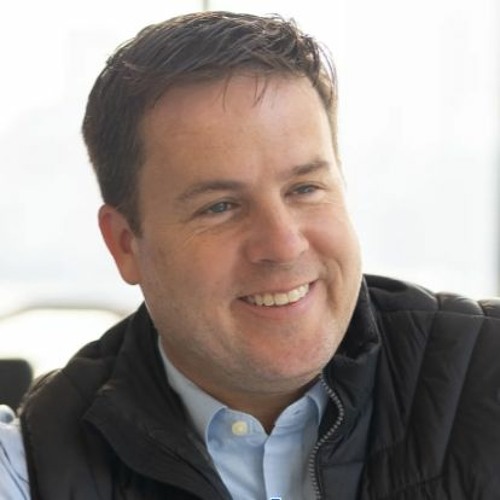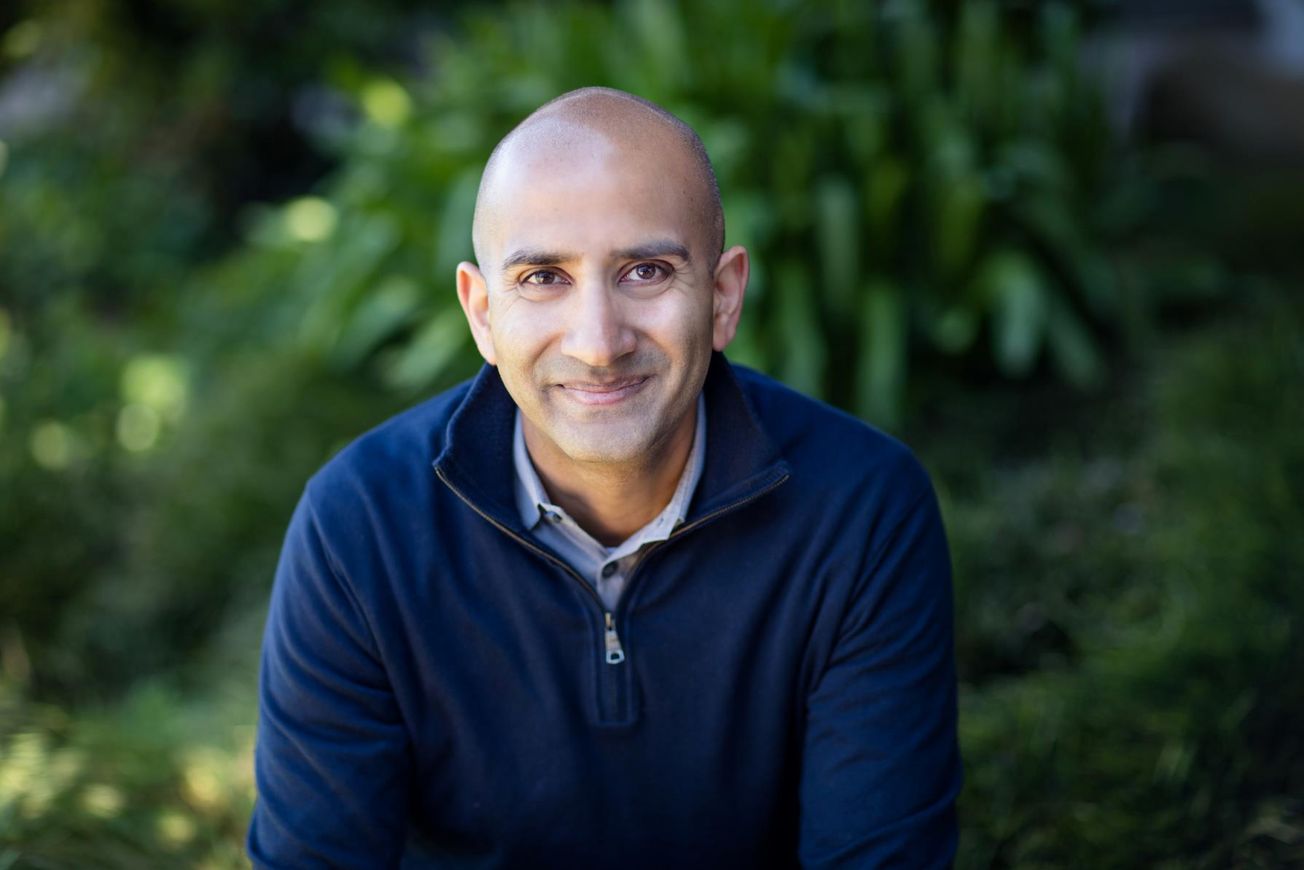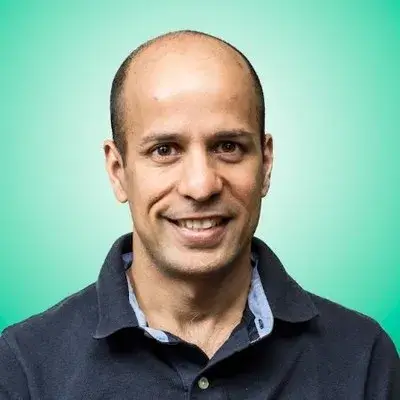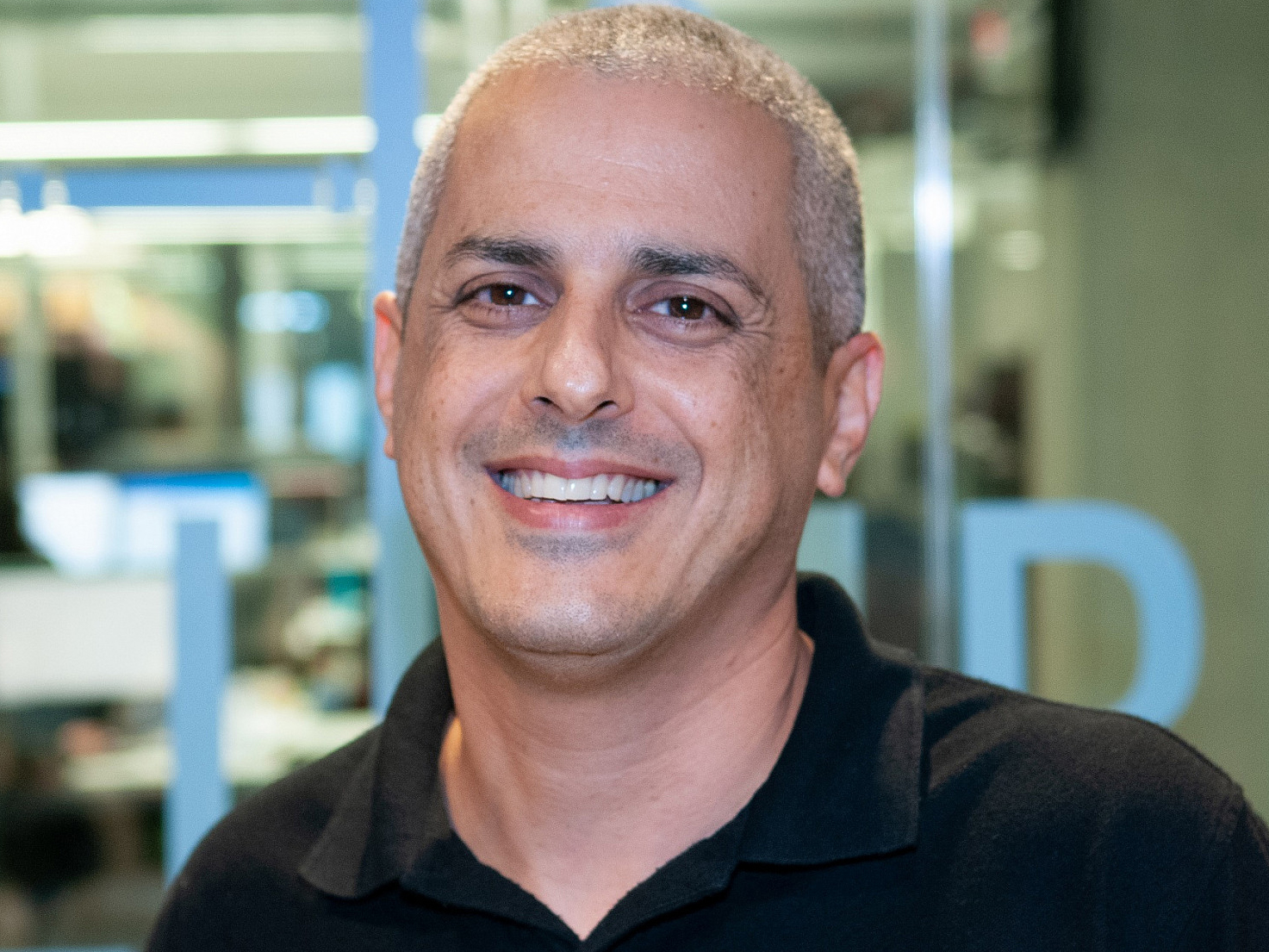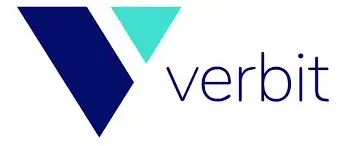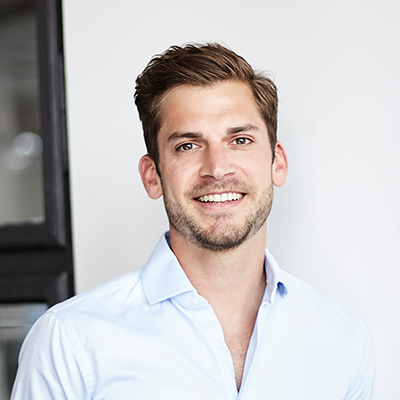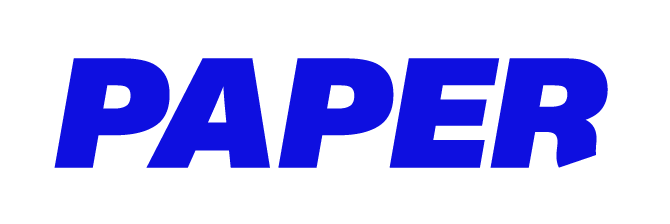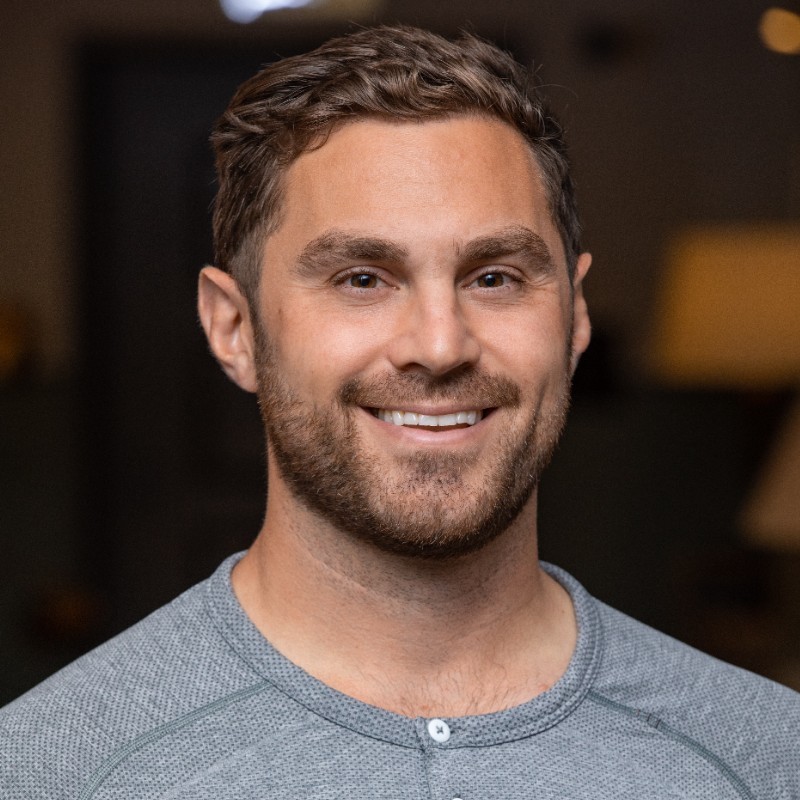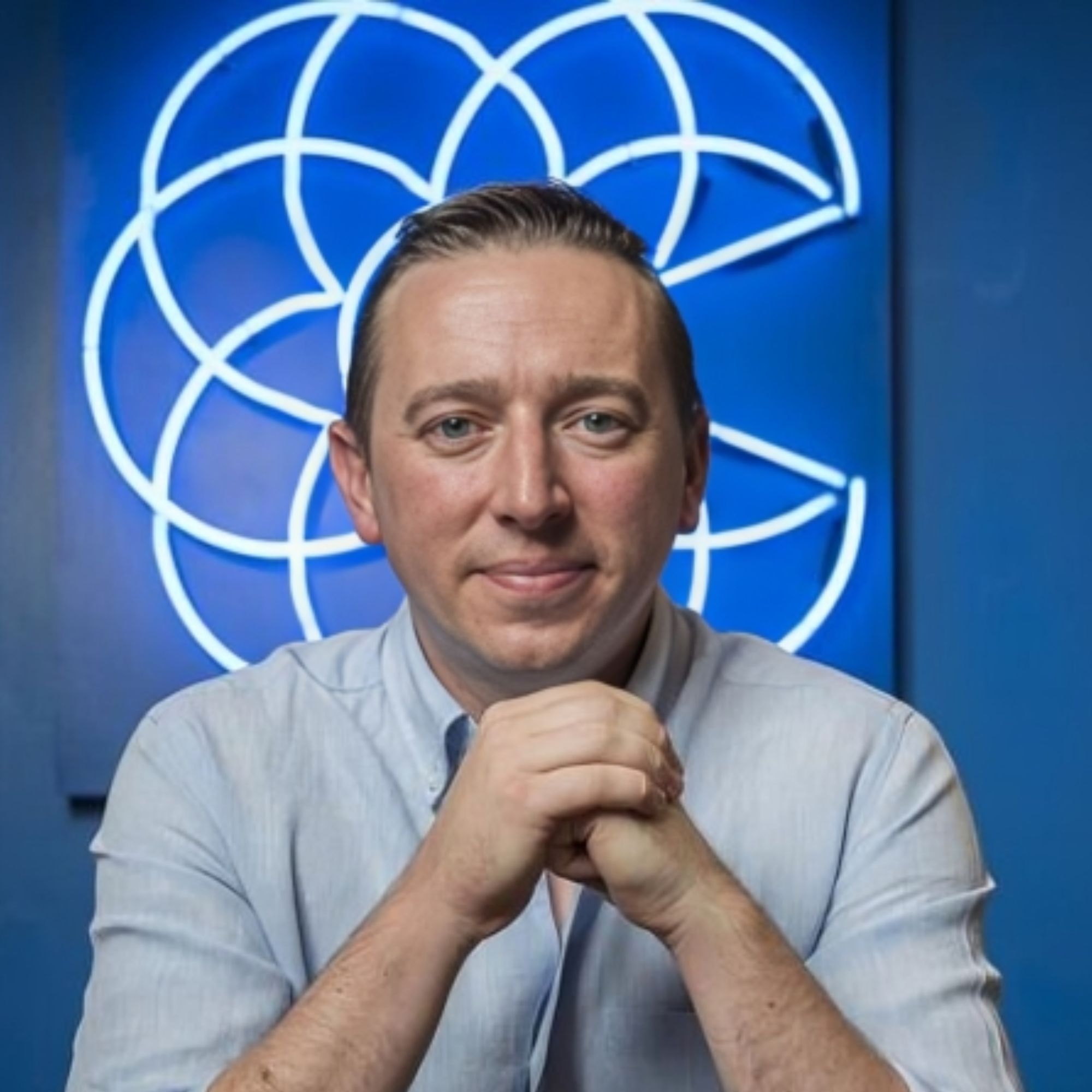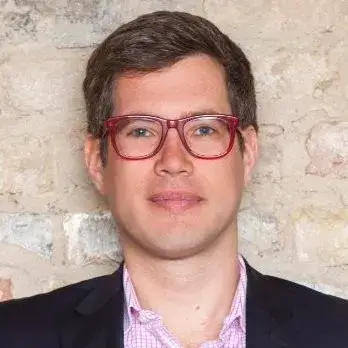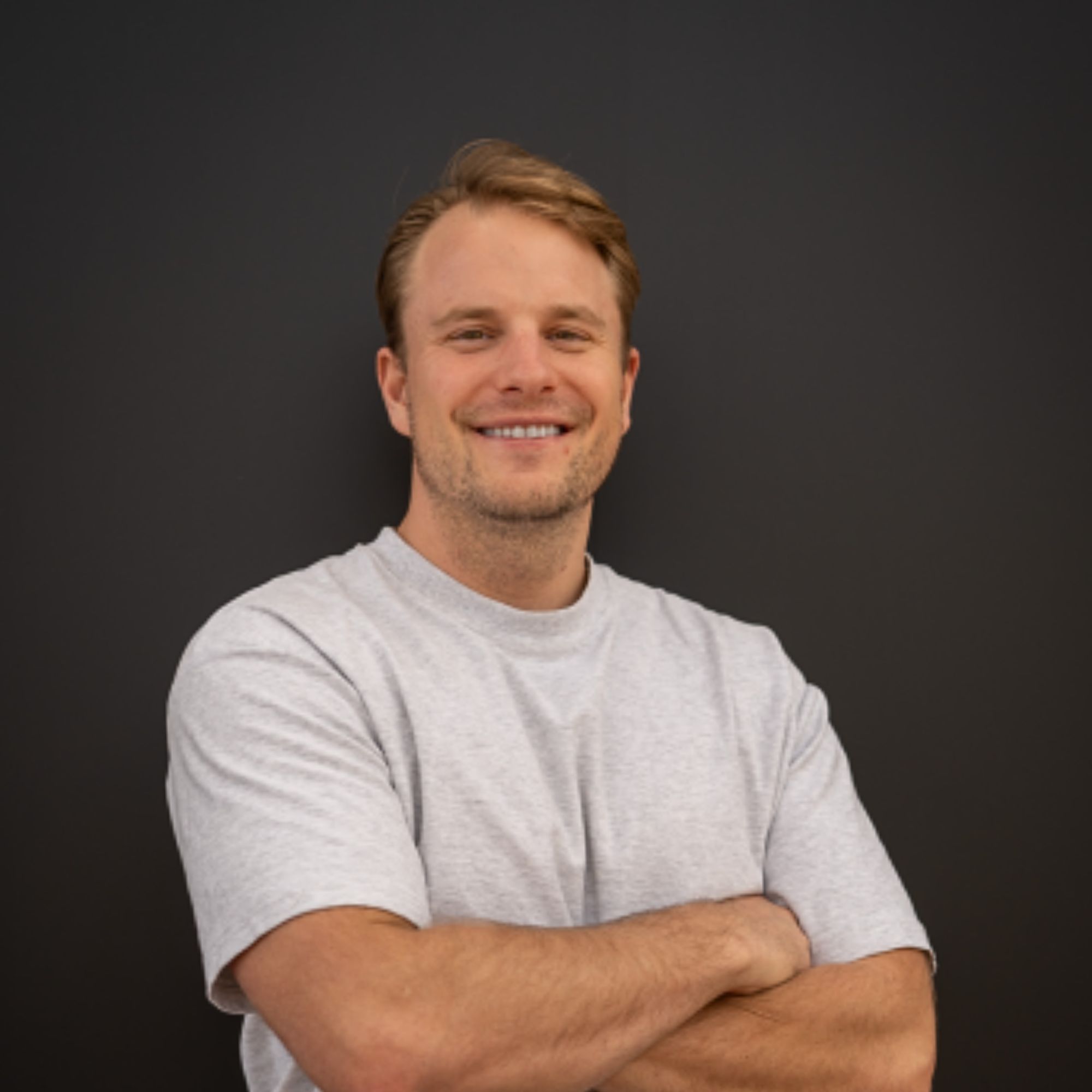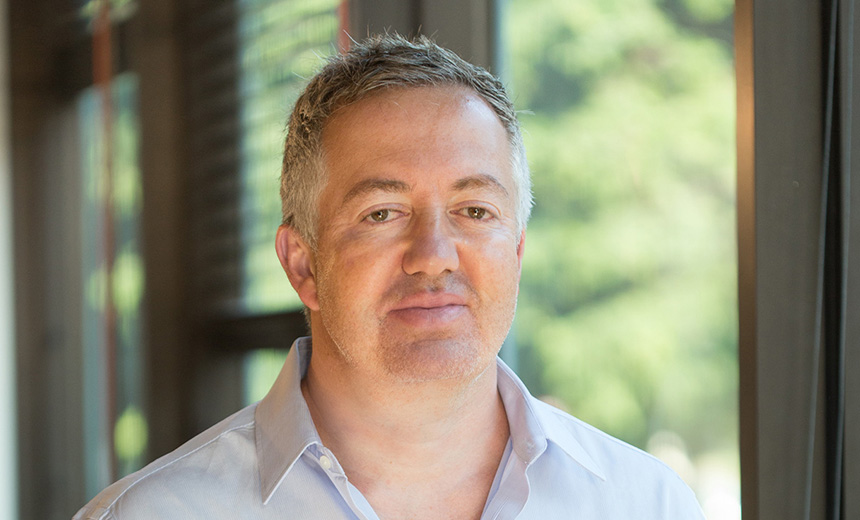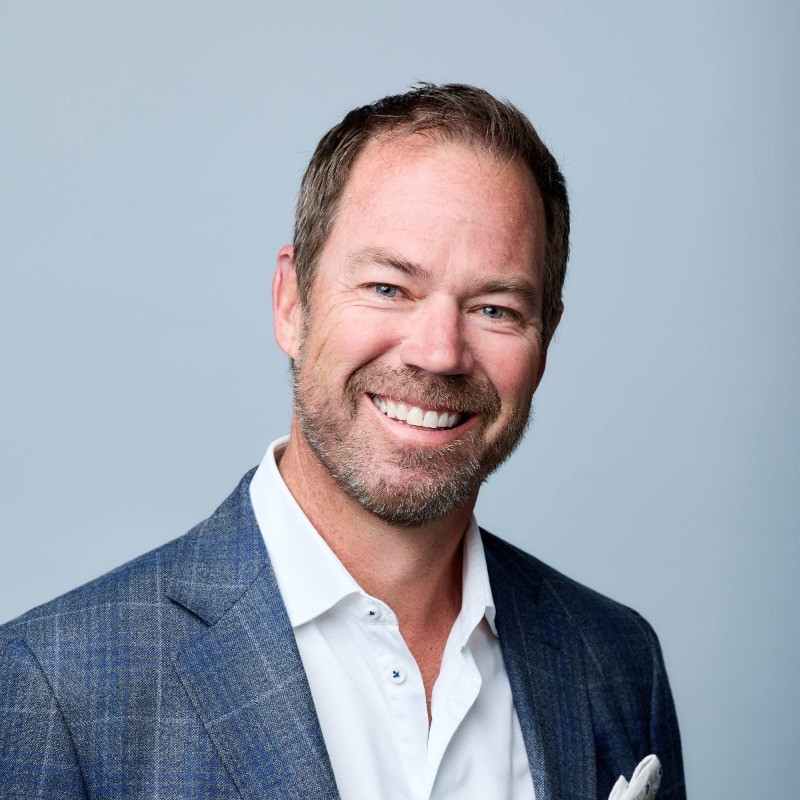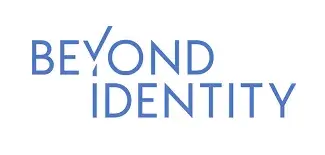Ready to build your own Founder-Led Growth engine? Book a Strategy Call
Frontlines.io | Where B2B Founders Talk GTM.
Strategic Communications Advisory For Visionary Founders
Actionable
Takeaways
Build for your own pain, but pivot quickly to market needs:
Zeb emphasized that ClickUp started as an internal tool to solve their team's productivity fragmentation across 15 different tools. However, the key was recognizing within weeks that this was a broader market opportunity. B2B founders should solve their own problems first, but be ready to quickly assess whether their solution has wider market appeal and pivot accordingly.
Ignore conventional wisdom when you have conviction:
Despite universal advice to "niche down" and avoid competitive markets, ClickUp deliberately built flexible software for teams of "two or more people" across all verticals. Zeb noted that everyone said "do not go into this category, this is so stupid," but their conviction about building flexible, customizable software that molds to how teams work proved correct. B2B founders should listen to advice but trust their instincts when they have deep conviction about their approach.
Bootstrap to natural product-market fit before raising:
ClickUp remained profitable and bootstrapped until reaching $10 million ARR, which Zeb calls "natural product market fit rather than artificial product market fit." This approach forced them to build a truly valuable product without using dollars to mask product deficiencies. B2B founders should consider bootstrapping as long as possible to ensure genuine market demand before accelerating with external capital.
Hire performance marketers from consumer, not B2B:
One of ClickUp's most counterintuitive moves was hiring their head of performance acquisition from the consumer side. Zeb explained, "the only people that figure out performance marketing at scale is in the consumer side... you can't even name them on a full hand if people had to figure it out on the B2B side." B2B founders should look beyond traditional B2B backgrounds when building growth teams, especially for performance marketing roles.
Focus on existing engaged users over new logo acquisition:
ClickUp discovered that chasing big company signups was less effective than building relationships with users who were already actively using and paying for the product. Zeb noted, "it was really more about looking at the users that are already active users... go build relationships with those people. And then that's your foot in the door." B2B founders should prioritize expanding relationships with engaged users rather than constantly chasing new prospects.
Culture preservation requires intentional hiring alignment:
During hypergrowth, ClickUp hired leaders with impressive backgrounds who weren't culturally aligned, leading to significant culture erosion. Zeb learned that "people just don't change" and that mixing people with fundamentally different work philosophies destroys culture. B2B founders must be explicit about cultural expectations during hiring and prioritize cultural fit over impressive resumes, especially during rapid scaling phases.
Conversation
Highlights
How ClickUp Defied Every Piece of Silicon Valley Advice to Build a $4B Platform
When everyone told Zeb Evans to avoid competitive markets, niche down, and raise funds immediately, he did the exact opposite. In a recent episode of Unicorn Builders, Zeb, CEO and Founder of ClickUp, shared how his contrarian approach built one of the fastest-growing productivity platforms in the world.
The story begins with a familiar pain point that most B2B founders will recognize: tool fragmentation. In 2017, Zeb’s 25-person social media automation company was drowning in productivity software. “We were spread out amongst 15 different productivity tools,” Zeb explains. “We had a productivity tool for everything.”
But instead of making his team more efficient, each new tool created more friction. “I could not help but feel the frustration and the pain of we’re not making ourselves more productive. I think we’re in some ways doing the opposite. We’re becoming more inefficient the more tools that we added to our stack.”
The Near-Death Experience That Changed Everything
The turning point came after a near-death experience that shifted Zeb’s priorities entirely. “I realized, hey, I don’t want to inflate people’s egos on social media anymore. It doesn’t give me energy,” he recalls. “And we shut that company down immediately and started over, moved out to Palo Alto, started over.”
This wasn’t a gradual transition or careful market research phase. Zeb and his team built ClickUp as an internal solution and recognized its broader potential within weeks. “It was like three or four weeks where we realized like, holy shit, we’re all obsessed with this and we’re just going to keep building and see what happens and solve our own problems.”
Their initial differentiator was something that seems obvious today but didn’t exist in 2017: flexibility in project management software. “When we began, you could not create different views of tasks,” Zeb notes. “That’s standard today of like a list view and a board view. You can create different ones and visualize them differently, but you couldn’t do that back then.”
Ignoring the Chorus of Conventional Wisdom
As ClickUp gained early traction, the advice from Silicon Valley’s ecosystem was unanimous and persistent. “When you go talk to a VC, and we lived in Palo Alto, and so you’re running into a lot of people that are in that world,” Zeb explains, “it was very much always, you need to pick a niche. You shouldn’t go into this competitive category. You need to go in with some specific, like, route into there, a vertical or something.”
But Zeb’s conviction about building flexible software ran counter to this advice. “The whole point of us building flexible software was that we’re not building it for one specific type of customer,” he says. Instead, they focused on “teams of two or more people” across all verticals – the exact opposite of the niche-down strategy everyone recommended.
The market response validated their approach. “Everyone always told us do not go into this category. This is so stupid,” Zeb recalls. But their belief in customizable software that “molds to the way that you work rather than you having to fit into somebody else’s view of the world” proved correct.
The Bootstrapping Advantage
Perhaps most controversially, Zeb resisted the pressure to raise venture capital early. Growing up in a small North Carolina town, he was skeptical of venture capital and had “always heard the stories of, like, Steve Jobs getting screwed over by his board.”
This decision forced ClickUp to achieve what Zeb calls “natural product market fit rather than artificial product market fit.” They remained profitable and bootstrapped until reaching $10 million in annual revenue, proving genuine market demand without using external capital to mask product deficiencies.
Their early customer acquisition was pure hustle: “We built a tool that scraped G2 crowd and Capterra and all the review websites. And when anybody wrote a negative review about a competitor, we tried to match their LinkedIn and would go in and message them on LinkedIn, hey, try our product.”
The 40-Meeting Reality Check
When ClickUp finally decided to raise in 2019, the experience was humbling. Zeb scheduled 40 VC meetings in one week, expecting strong interest based on their organic growth and profitability. “Everybody told us great things, you know, we’ve never seen an organic company, bootstrap company like this, how much money you’re burning. I’m like, we’re not. We’re profitable, no way.”
But despite positive feedback, term sheets never materialized. “I’m sitting there waiting for a term sheet and nothing comes. And nobody even tells us like why, you know. And more importantly, they don’t tell you no, they just keep you going.”
The most valuable feedback came from Andreessen Horowitz in the form of a thoughtful rejection letter. “Basically highly competitive category. You’ve done great on organic marketing, but you need to figure out how to do that at scale. How do you build like a predictable revenue machine using dollars?”
Finding the Right Partner
Zeb took the feedback seriously and returned to building. Six months later, David Sacks from Craft Ventures reached out. The connection was immediate: “This is the type of VC that I more resonate with. Somebody that’s like a real person that has run a business before and that’s like no bullshit.”
This became their Series A, marking the beginning of an intense 18-month period where ClickUp raised over $400 million across multiple rounds while scaling from 100 to 800 employees.
The Hypergrowth Trap
The rapid scaling created new challenges that nearly broke ClickUp’s culture. “When you raise that amount of money and you know, you are also told it’s growth at all fucking cost, and that means it’s hiring at all costs,” Zeb explains.
The company hired impressive backgrounds who weren’t culturally aligned. “We hired a lot of people from the outside that had the best backgrounds in the world. On paper, on LinkedIn, you know, the big companies we’re like, oh, my God, they were at this company. That means that they were the ones that were successful at building that company and scaling that company and you kind of get biased by that.”
The result was cultural erosion. “A year after that, I look around and start talking to like new employees and stuff, and old employees, and I’m just like, what the fuck? You know, how did we end up here where it felt like we lost our culture to some extent.”
The Return to Founder Mode
When market conditions shifted in late 2021, Zeb made a decisive move to reclaim ClickUp’s culture. “I realized, shit, we gotta get our house in order.” He fired many of the senior external hires and promoted people who embodied the company’s original values.
The turnaround was remarkably fast. “I thought it would take a year or years to turn this around. And it really took like three months to blow everything up and then put the right people in charge.”
This period taught Zeb a crucial lesson about cultural alignment: “People just don’t change, right? People are, you are. And that’s a good thing, but it’s a bad thing when you mix a bunch of, you know, inequal kind of like, outcomes. Meaning there’s people that want work-life balance and there’s people that don’t want work-life balance. And when you mix those two together, you lose culture.”
Unconventional Hiring for Performance Marketing
One of ClickUp’s most successful contrarian moves was hiring their head of performance acquisition from the consumer side. This person, Gaurav, eventually became COO. “He was a consumer guy, which, by the way, I think are the best people to hire for performance marketing, because those are the people that have figured out. The only people that figure out performance marketing at scale is in the consumer side.”
Zeb’s reasoning is compelling: “It’s extremely rare. You can’t even name them on, like, a full hand. If people had to figure it out on the B2B side.”
Building Their Own GTM Methodology
Rather than following established playbooks, ClickUp created their own approach by combining the best elements from different methodologies. “Don’t use all of a playbook from the outside. Go to market is one of those areas where everybody’s got a playbook and there’s so much methodology out there,” Zeb advises.
“Every context is different, every business is different,” he continues. “You’ve really got to like do it yourself. You’ve got to think from first principles.”
The Results of Contrarian Thinking
Today, ClickUp processes “hundreds of thousands of signups per week” and achieved cash flow positivity in January 2024. They’re spending “hundreds of millions of dollars a year” on performance marketing while serving millions of users globally.
The company’s success validates Zeb’s contrarian approach. By ignoring conventional wisdom about niching down, avoiding competition, and raising early, ClickUp built a platform that truly molds to how teams work rather than forcing teams into rigid workflows.
“The key to that is like iterate, be open to changing,” Zeb reflects on his GTM philosophy. “Don’t be afraid to blow things up the next year and change it significantly. Especially if you know it’s the right thing for the business.”
ClickUp’s journey demonstrates that sometimes the best path forward requires ignoring the loudest voices and trusting your conviction about what the market truly needs.
